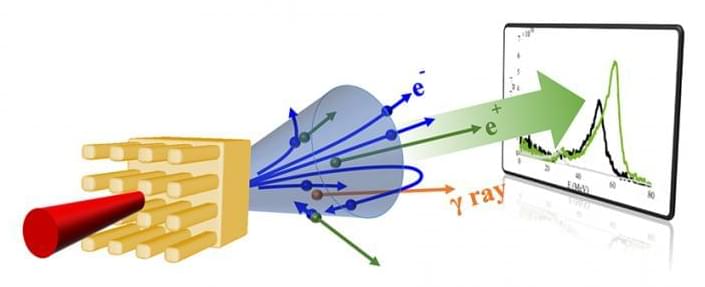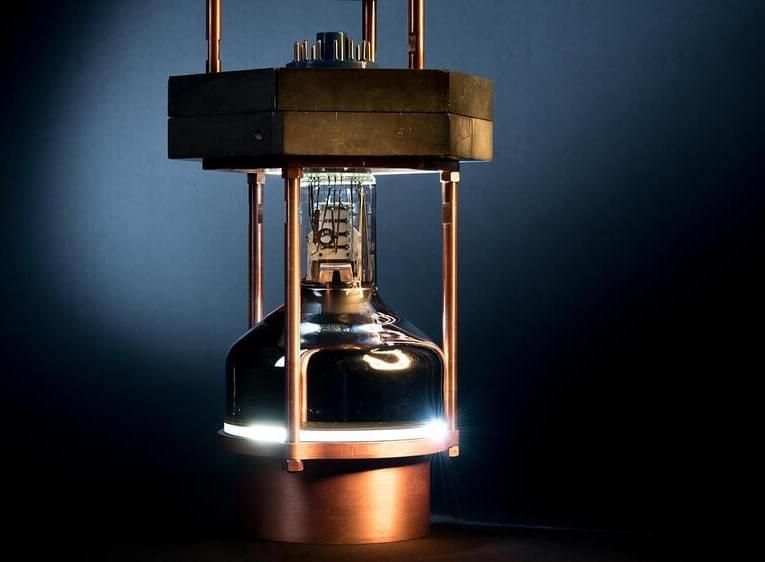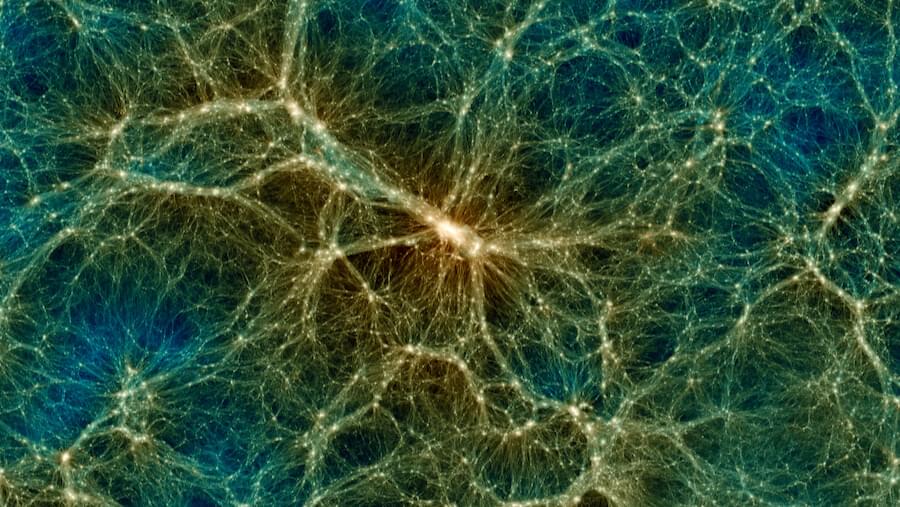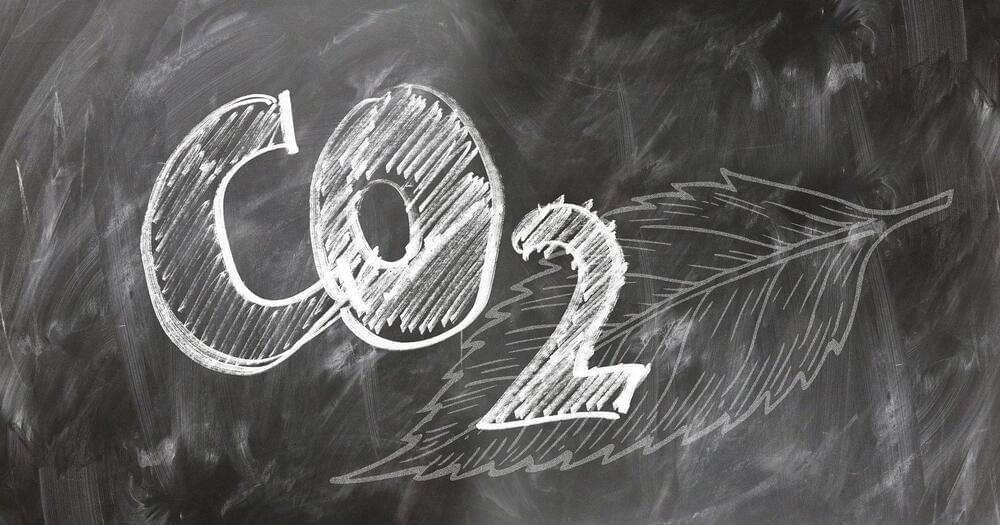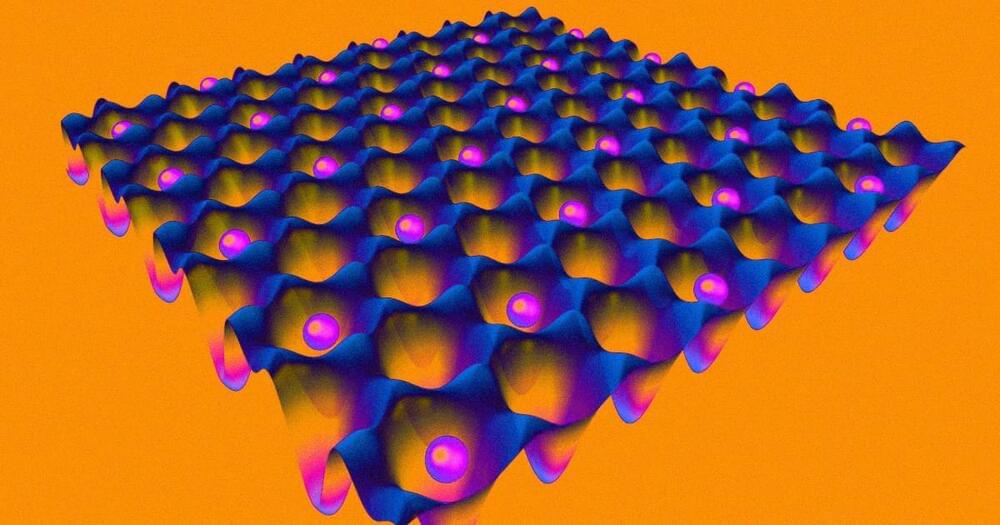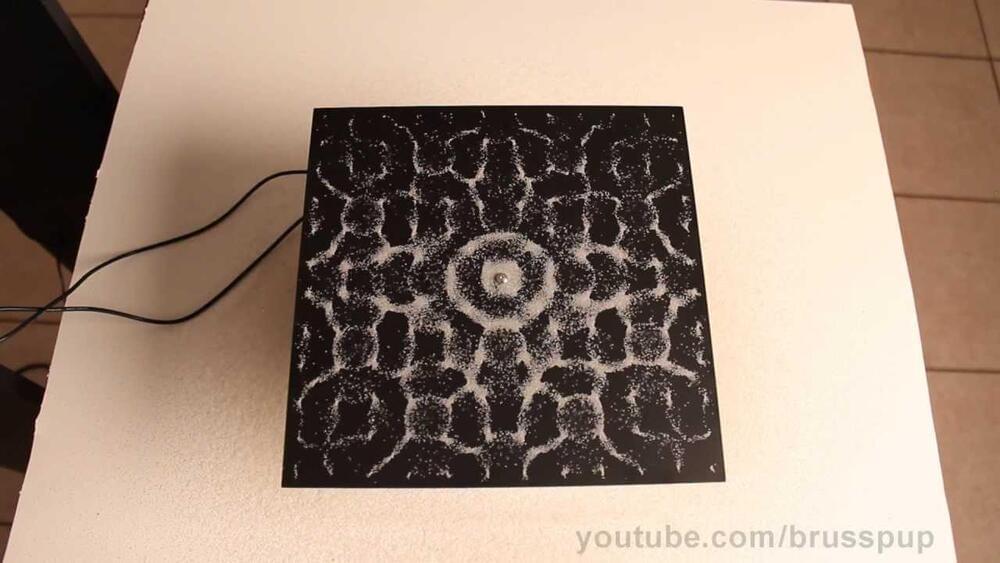Oct 12, 2021
Researchers realize quantum teleportation onto mechanical motion of silicon beams
Posted by Saúl Morales Rodriguéz in categories: internet, nanotechnology, particle physics, quantum physics
Quantum technology typically employs qubits (quantum bits) consisting of, for example, single electrons, photons or atoms. A group of TU Delft researchers has now demonstrated the ability to teleport an arbitrary qubit state from a single photon onto an optomechanical device—consisting of a mechanical structure comprising billions of atoms. Their breakthrough research, now published in Nature Photonics, enables real-world applications such as quantum internet repeater nodes while also allowing quantum mechanics itself to be studied in new ways.
Quantum optomechanics
The field of quantum optomechanics uses optical means to control mechanical motion in the quantum regime. The first quantum effects in microscale mechanical devices were demonstrated about ten years ago. Focused efforts have since resulted in entangled states between optomechanical devices as well as demonstrations of an optomechanical quantum memory. Now, the group of Simon Gröblacher, of the Kavli Institute of Nanoscience and the Department of Quantum Nanoscience at Delft University of Technology, in collaboration with researchers from the University of Campinas in Brazil, has shown the first successful teleportation of an arbitrary optical qubit state onto a micromechanical quantum memory.

